The British Asian community, especially the acting fraternity, will be fascinated to learn that film director Waris Hussein is halfway through writing his memoirs. After all, how many British Asian directors can lay claim to straightening Richard Burton’s tie?
He directed Burton and Elizabeth Taylor in the film Divorce His, Divorce Hers in 1973.
Hussein, who is 86 and not as mobile as he used to be since suffering a stroke a few years ago, is expected to attend Eastern Eye’s Arts, Culture & Theatre Awards (ACTA) on Friday (23).
As a young man fresh out of Cambridge, he made television history when he directed the first seven episodes of Dr Who in 1963 and established what has since become the BBC’s most successful franchise that has been sold all over the world.
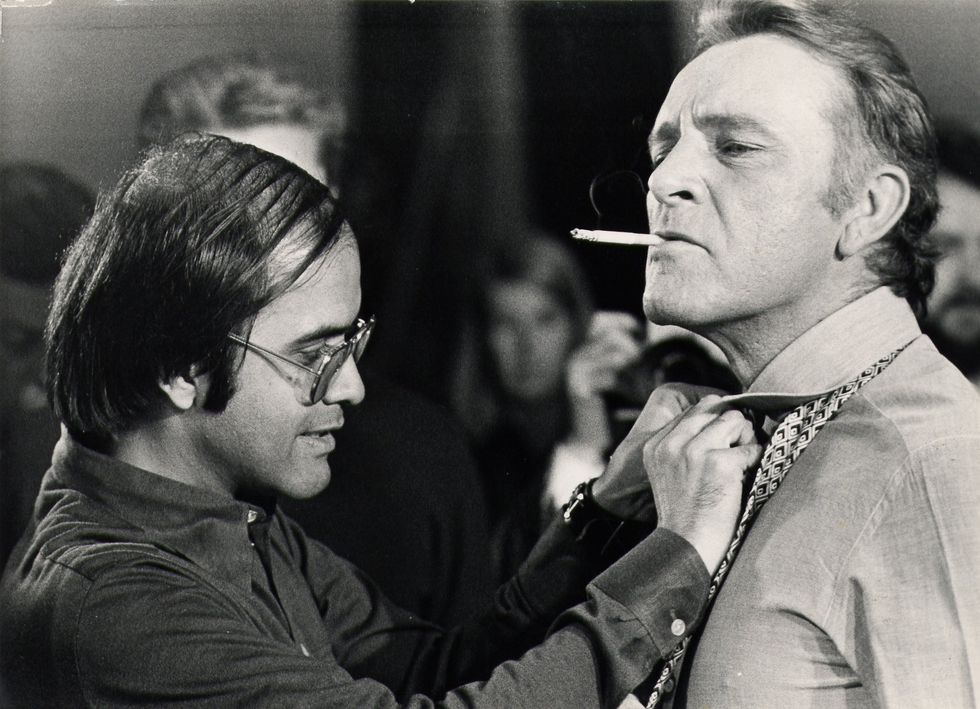
In fact, when the BBC marked the 50th anniversary of Doctor Who in 2013 with a specially written drama called An Adventure in Space and Time, the young Hussein was played by the actor Sacha Dhawan.
Hussein, who has spent many years of his career working in America, has maintained a home in London, where he talked to Eastern Eye.
“I’ve worked with some of the most eminent people in the business – (Laurence) Olivier, (John) Gielgud, Peggy Ashcroft, Sybil Thorndike, and then eminent movie people like Tony Hopkins,” he said.
He laughed: “I have a whole wall on which I keep photos of people I’ve worked with – I call it my wall of fame.”
There is a picture of him with Angela Lansbury and Patricia Hodge – the latter had written, “Darling Waris, I think I look drunk with happiness at working with you again.”
There is an inscription from Anthony Quinn whom he had directed in Onassis: “To Waris, a fantastic director & friend.”
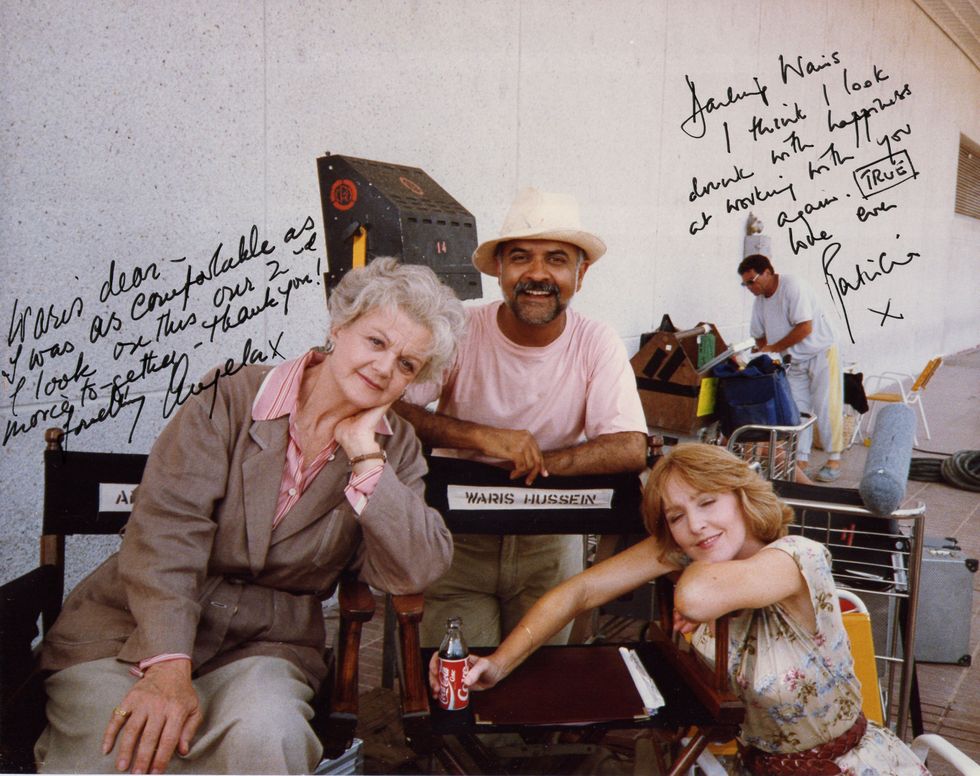
There are photographs of him with Bette Davis; Claire Bloom; Sybil Thorndike; Donald Sutherland and Teri Garr; Ian McKellen and Janet Suzman; Jeanne Moreau, Joan Plowright & Julie Walters; Keith Michell (as Henry VIII); Laurence Olivier and Joan Plowright; Peggy Ashcroft (in Edward & Mrs Simpson); Stephanie Powers & Eva Gardner; Ted Danson & Richard Mansur; and Barry Manilow. There is one with Bill Clinton who played himself in A Child’s Wish – the US president had written, “I enjoyed taking direction from you.”
Hussein’s record suggests he is probably the most successful director the British Asian community has produced in the last half-century.
Waris Habibullah (he later changed his surname to Hussein) was born in Lucknow in India on December 9, 1938, which is why he felt an instinctive sympathy for the former BBC presenter Mishal Husain when he read that her family had also originated from Lucknow.
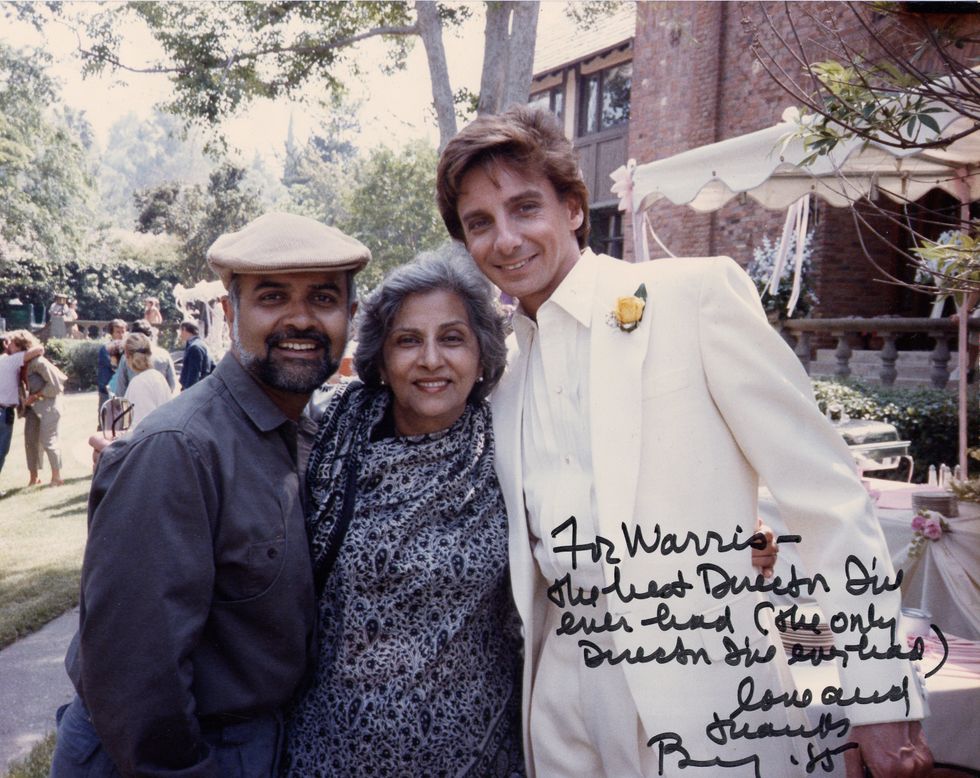
He said: “Lucknow is central to my background, where I was born and raised. It is known for its arts, culture and cuisine, and I am proud of that heritage.”
The young Hussein came to Britain with his family in 1946. He went to public school at Clifton College in Bristol and read English at Queens’ College, Cambridge. He has reservations about his time at Clifton: “I had a hard time, because in my mind, Clifton was created in the mid-19th century to educate administrators for the empire – for the ICS (Indian Civil Service). Most of the older boys were sent off to India to administrate and be a part of that landscape. I was resentful at being told that I should expect to order people around in an authoritarian way.”
In marked contrast, “Cambridge was three years of the most important period of my life. I made so many friends there who are now prominent in their fields. One of my contemporaries was Ian McKellen, whom I had the privilege of working with in the very first film that I made. I had directed him as a student. I was able to express myself in a way that I don’t think I would have been able to do anywhere else. At Cambridge you get not only a scientific university, but it encouraged arts. And some of my professors were very prominent in the arts, and I learned a lot from them.”
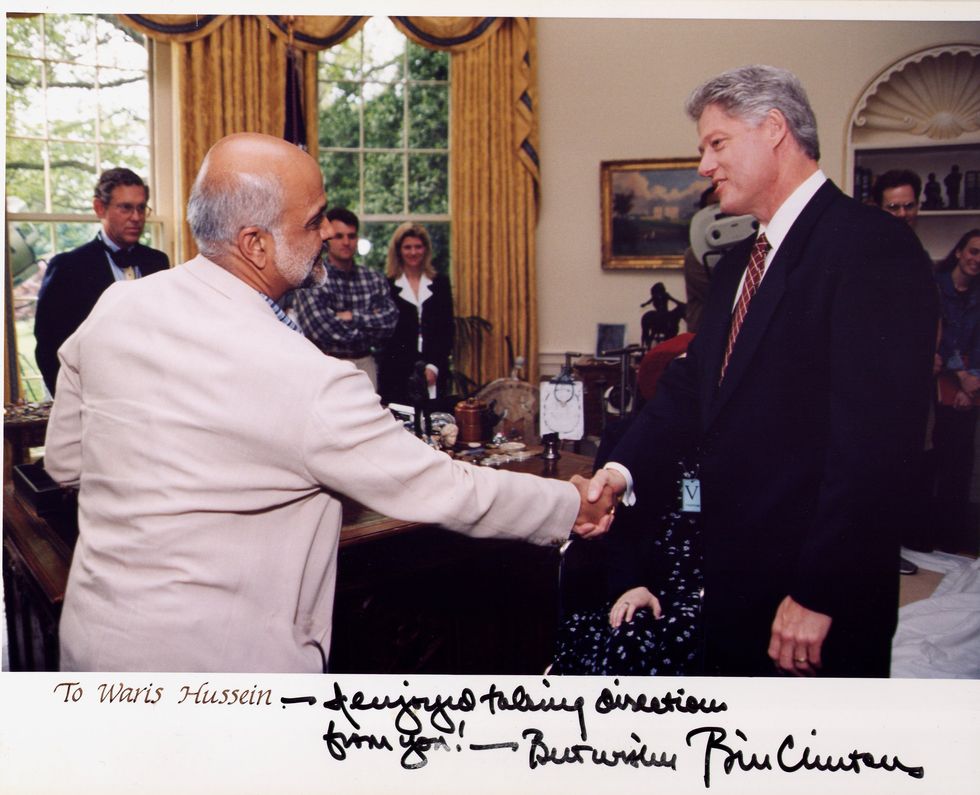
His mother, Attia Hosain, who had a patrician background, was also a great influence on him. After the Partition of India, she chose not to go to Pakistan.
“I owe much to my mother’s creativity and her incredible resilience, because she was transplanted here (to the UK),” he said. “She wrote her first (semi-autobiographical) novel (Sunlight on a Broken Column) in English way back in 1961. It is still read by many, many women in colleges in India. My book is a tribute to her.”
He said of his memoirs: “What I’m trying to do is reorganise my rambling and my memories about being an outsider looking in. Since my stroke, I have begun to appreciate life even more. Apart from being taken care of by some very good medical people, I’m also surrounded by others who look after me. I’m determined to survive as much as I can, particularly on my own terms. In spite of my condition, I’m very lucid. I’ve got my mental marbles, and I can vividly remember things that have happened in my life – the names and places of people I’ve encountered.
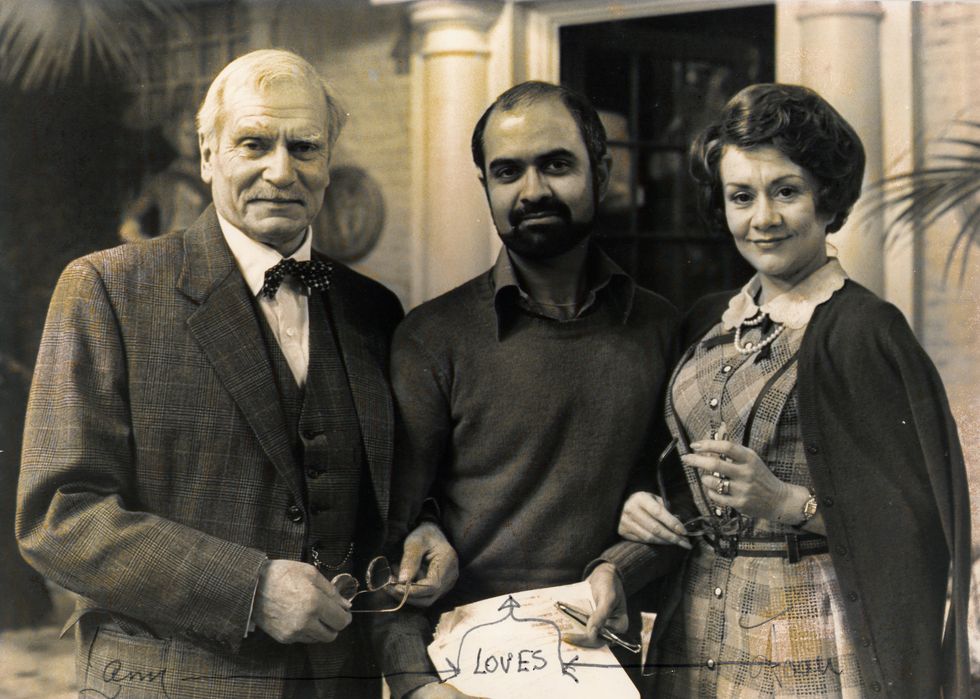
“I’m hanging my narrative on the people I’ve known and who were important in my life. The only thing to do is to be honest about these things and not hide anything. Most of my friends are people of a literary nature – they are creative, write and think for themselves, and encourage me to do the same. I’m inspired by my friend Miriam Margolyes, who wrote her memoirs. She spoke quite openly about her emotional situation. People might be interested in mine because of my Doctor Who connection.
He recalled: “If you look at my repertoire, at the height of the BBC’s golden age of drama, I was doing up to 10 dramas a year. I did things like (Bernard) Shaw’s Saint Joan and Ibsen’s Hedda Gabler, which are classics with prominent actors. I’ve dealt with everything from Henry VIII to the abdication of Edward VIII.”
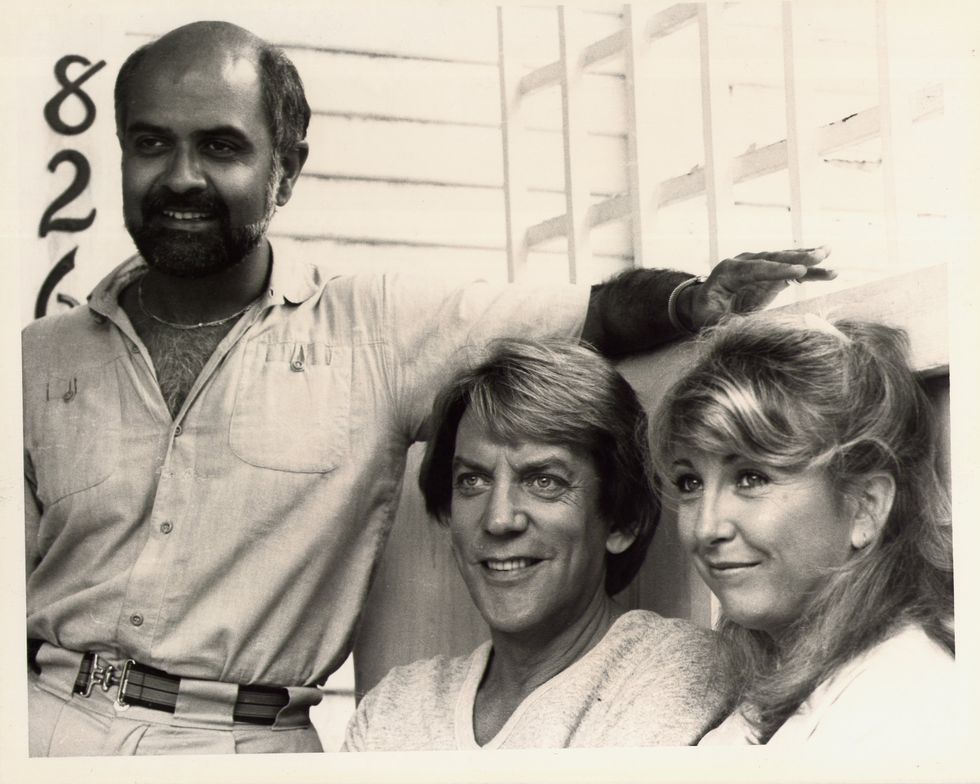
In February 2018, the National Film Institute devoted the whole month to a retrospective on his work called Breaking Through. The season began with a screening of A Passage to India (1965), which he felt had “echoes of my own life in terms of my origin”.
A Passage to India was based on EM Forster’s 1924 novel about the clash between two cultures. The impressionable Adela Quested, freshly arrived in India, imagines Dr Aziz has behaved inappropriately towards her while showing her the mysterious Marabar Caves. The ensuing trial proves he was innocent, but exposed the fault lines in the relationship between Indians and their colonial masters.
Other films in the season included The Possession of Joel Delaney (1972), a psychodrama starring Shirley MacLaine; Chips with Everything (1975); and Copacabana (1985), with Barry Manilow.
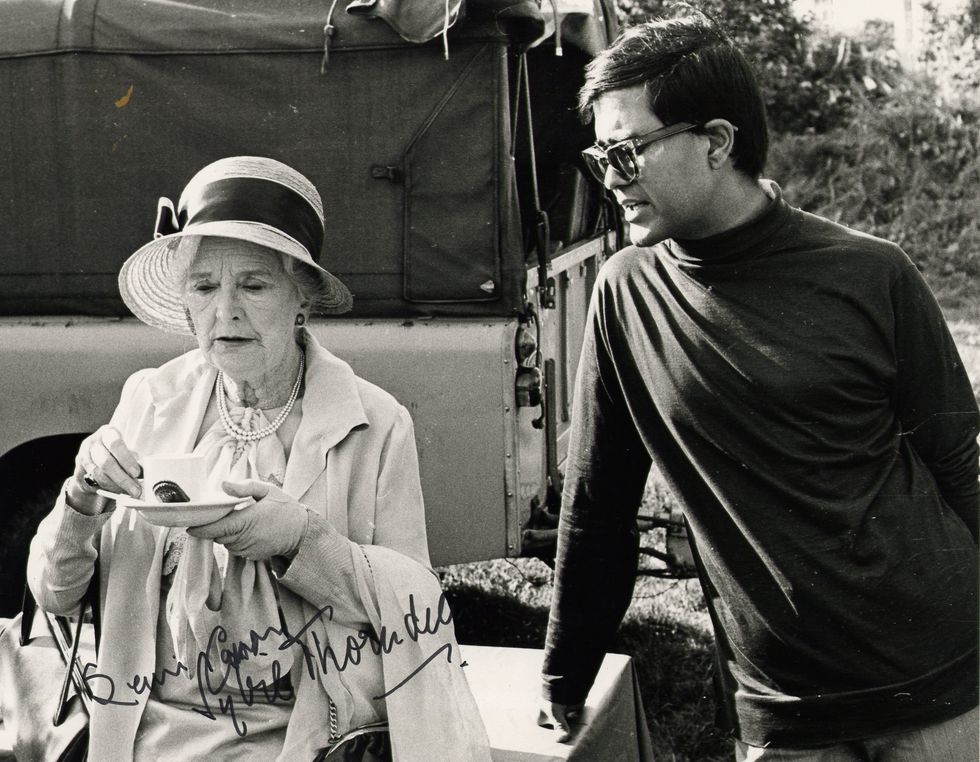
Some of the stars he had worked with came for the respective screenings of their films. For example, Virginia McKenna attended the screening of A Passage to India, Janet Suzman came for Hedda Gabler (1972), Ian McKellen for A Touch of Love (1968), and Claire Bloom for Intimate Contact (1968), a tale of how heterosexual AIDS devastates a family.
When he was interviewed on stage by the arts journalist Samira Ahmed, two-minute clips were shown from some of his other films. They included Daphne Laureola (1978), starring Laurence Olivier and Joan Plowright; Edward & Mrs Simpson (1978), which earned him a BAFTA; and Divorce His, Divorce Hers (1973), starring Burton and Taylor.
Some of Hussein’s early work had been wiped clean by the BBC, it was revealed.
On television in 1976, he directed The Glittering Prizes, which gave Tom Conti’s career a huge boost.
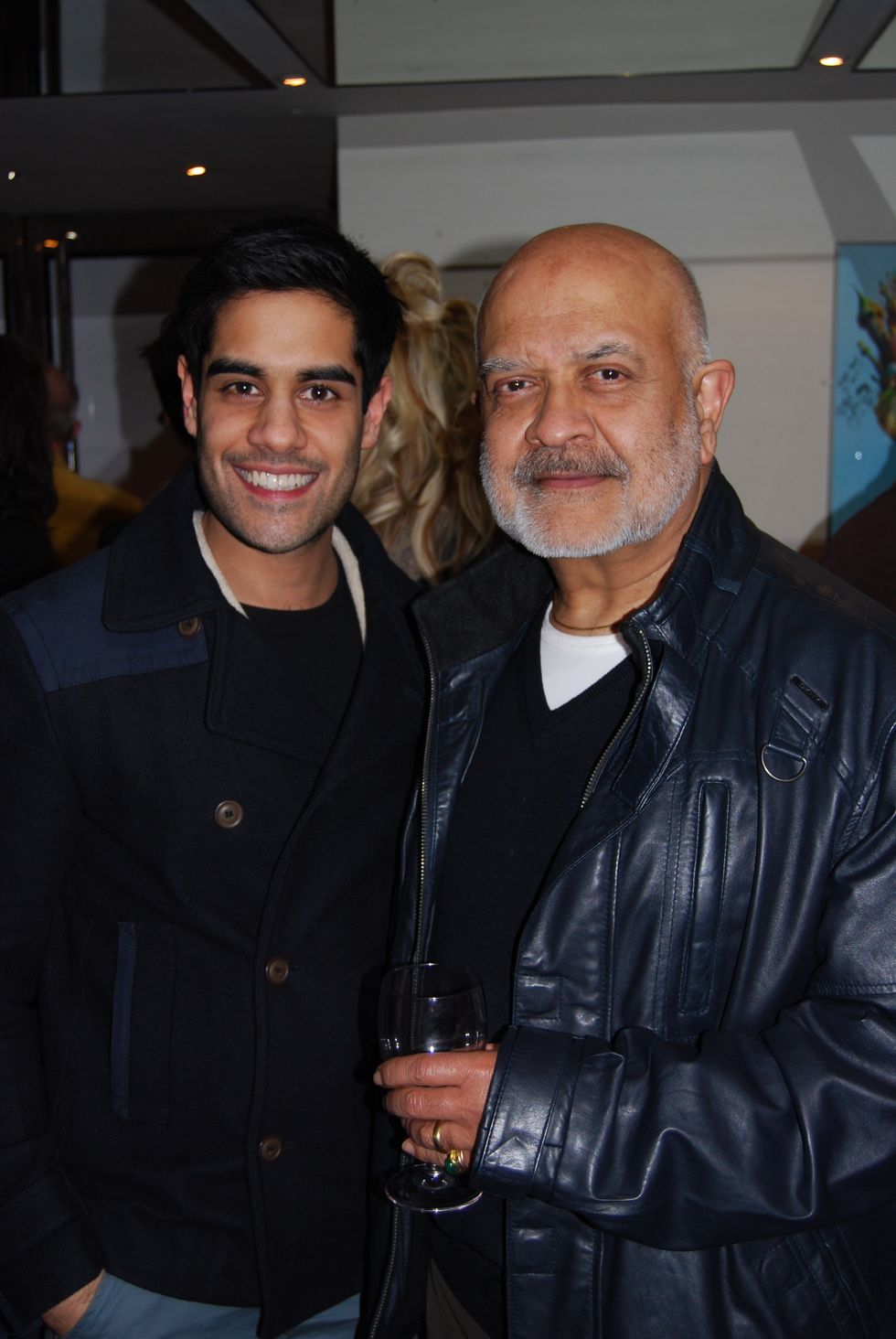
Sometimes, he suffered racist abuse. He once told Eastern Eye that his sister, Shama Habibullah, later a distinguished film producer, “left England because of all this. She went to Cheltenham Ladies’ College, to Cambridge, is highly educated, far more intelligent than me. One day she was waiting at a bus stop on Clapham Common and a drunkard abused her. ‘Why don’t you f****** people go home? You breed like rabbits. You smell of curry.’ Nobody said anything. She came home in tears and said, ‘I can’t live here anymore. What has it all meant? Why did I go to school here when this is what I’m reduced to?’”
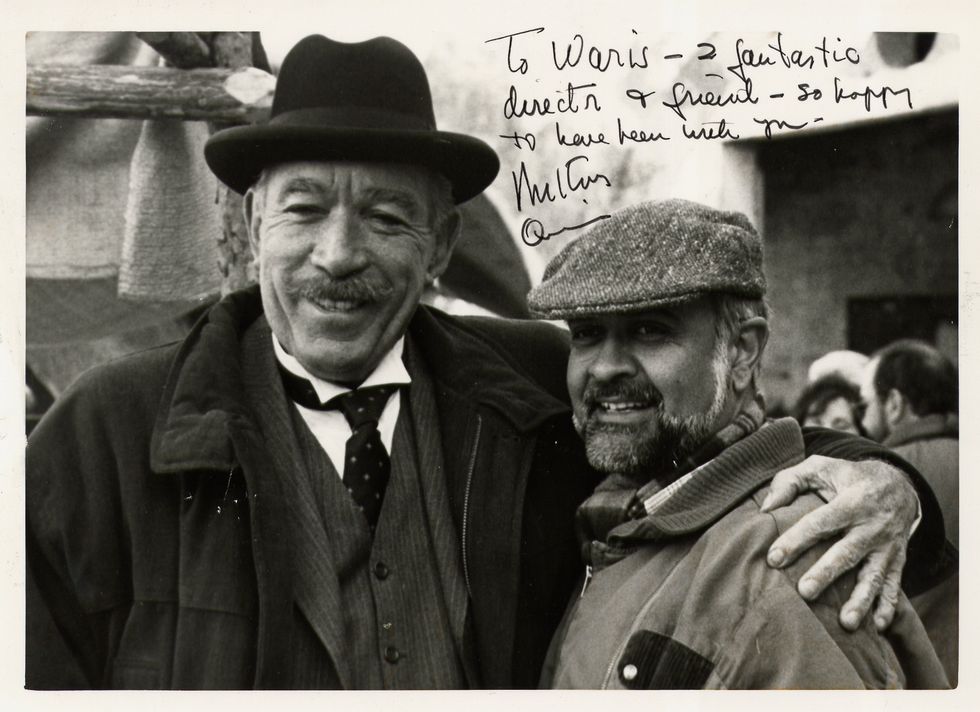
He received worse abuse at a dinner party in the late 1970s. “It was a very smart, upper-class dinner in Campden Hill. All male company. This man sat next to me and said, ‘And what do you do?’ I told him I was directing Edward and Mrs Simpson and he replied, ‘Fancy! I had no idea we’d have colonials telling us about our lives.’ After dinner this man said, ‘Ugh, I really don’t think I can be in the same room as that man over there,’ pointing to me. I stood up and said, ‘I’m going to spare you that embarrassment. One thing I will say is I was brought up to be polite and a gentleman under your British rule, and I know what the rules are. Some of you obviously don’t. I’m going to leave now.’”
In writing his memoirs, he said he hoped he might be providing “a beacon for the younger generation who might want to know what I have done.”






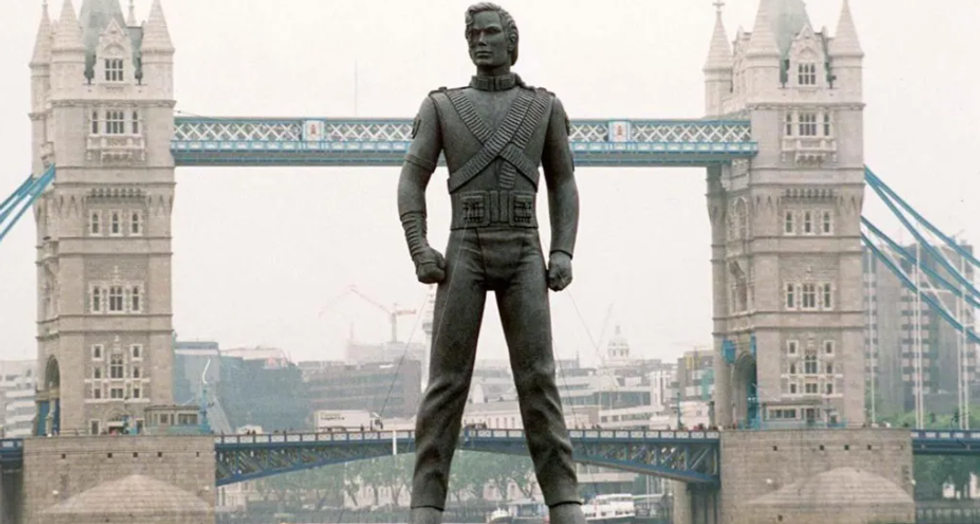 The statues were the product of a transatlantic effortGetty Iamges
The statues were the product of a transatlantic effortGetty Iamges








 The 50 digital paintings showcase a blend of cosmology and Indian classical musicThe Bhavan
The 50 digital paintings showcase a blend of cosmology and Indian classical musicThe Bhavan
 Deccan Miniature Images - Gold Cows on red getty images
Deccan Miniature Images - Gold Cows on red getty images Pastel Lotus getty images
Pastel Lotus getty images Krishna as Govindagetty image
Krishna as Govindagetty image Greyscale Pichvais
Greyscale Pichvais  Sketches
Sketches  Modern Cow Pastel
Modern Cow Pastel Sketches
Sketches  Pichvai gifted to Narendra Modi
Pichvai gifted to Narendra Modi  Black and gold Gopis
Black and gold Gopis  The Haveli of Shrinathji
The Haveli of Shrinathji
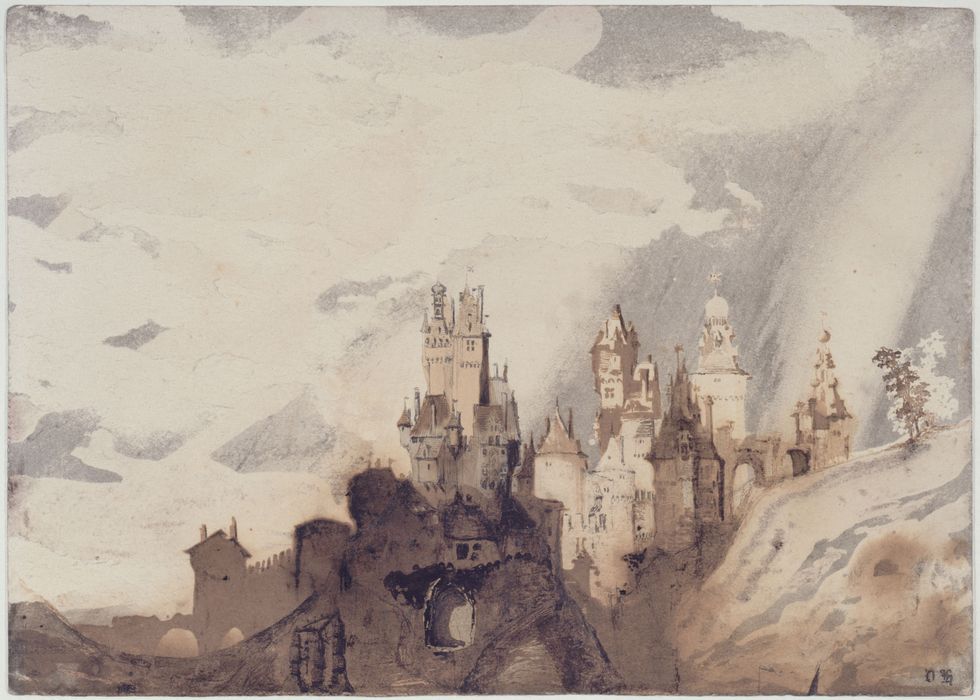 The Cheerful CastleParis Musees
The Cheerful CastleParis Musees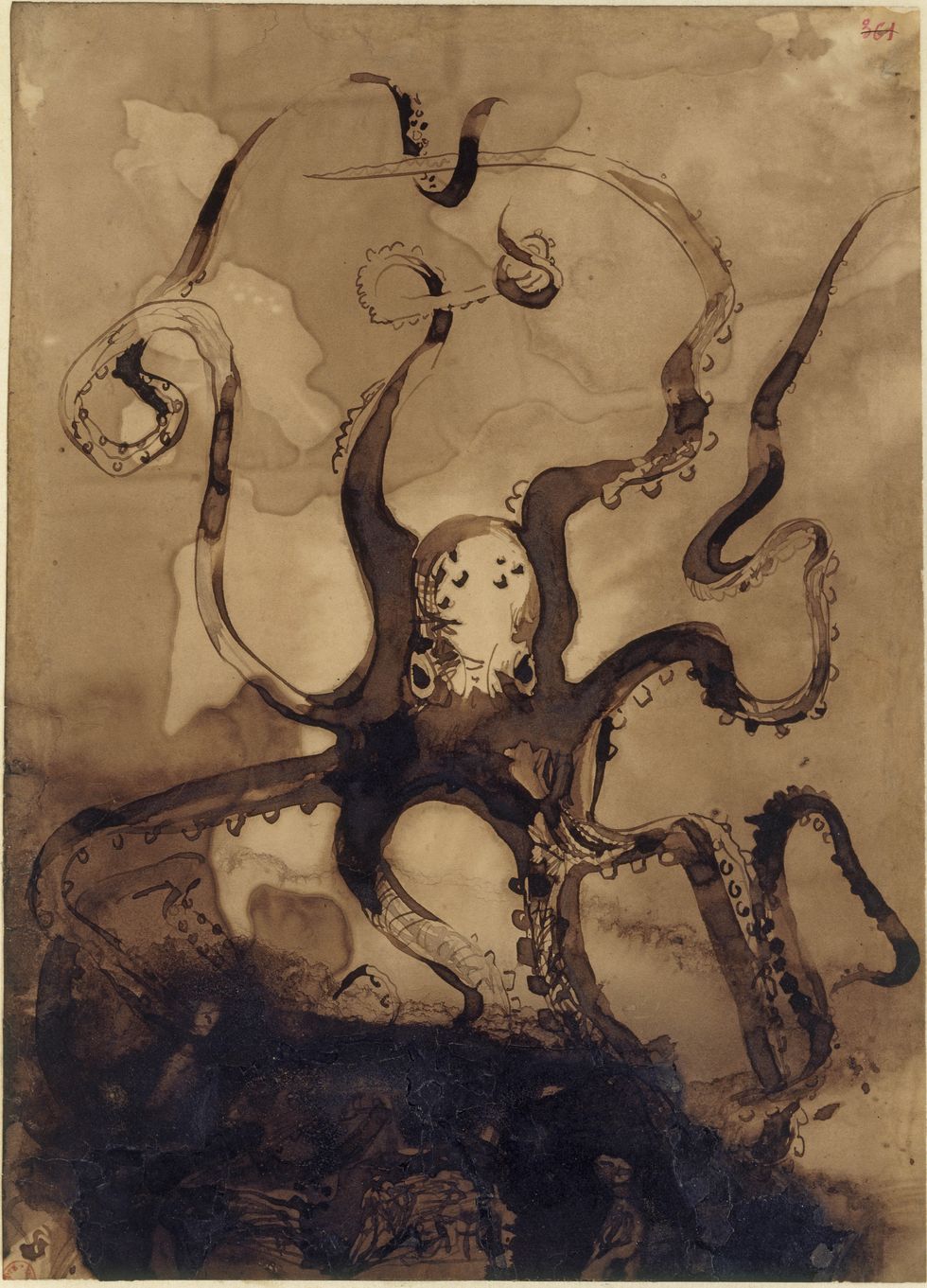 OctopusParis Musees
OctopusParis Musees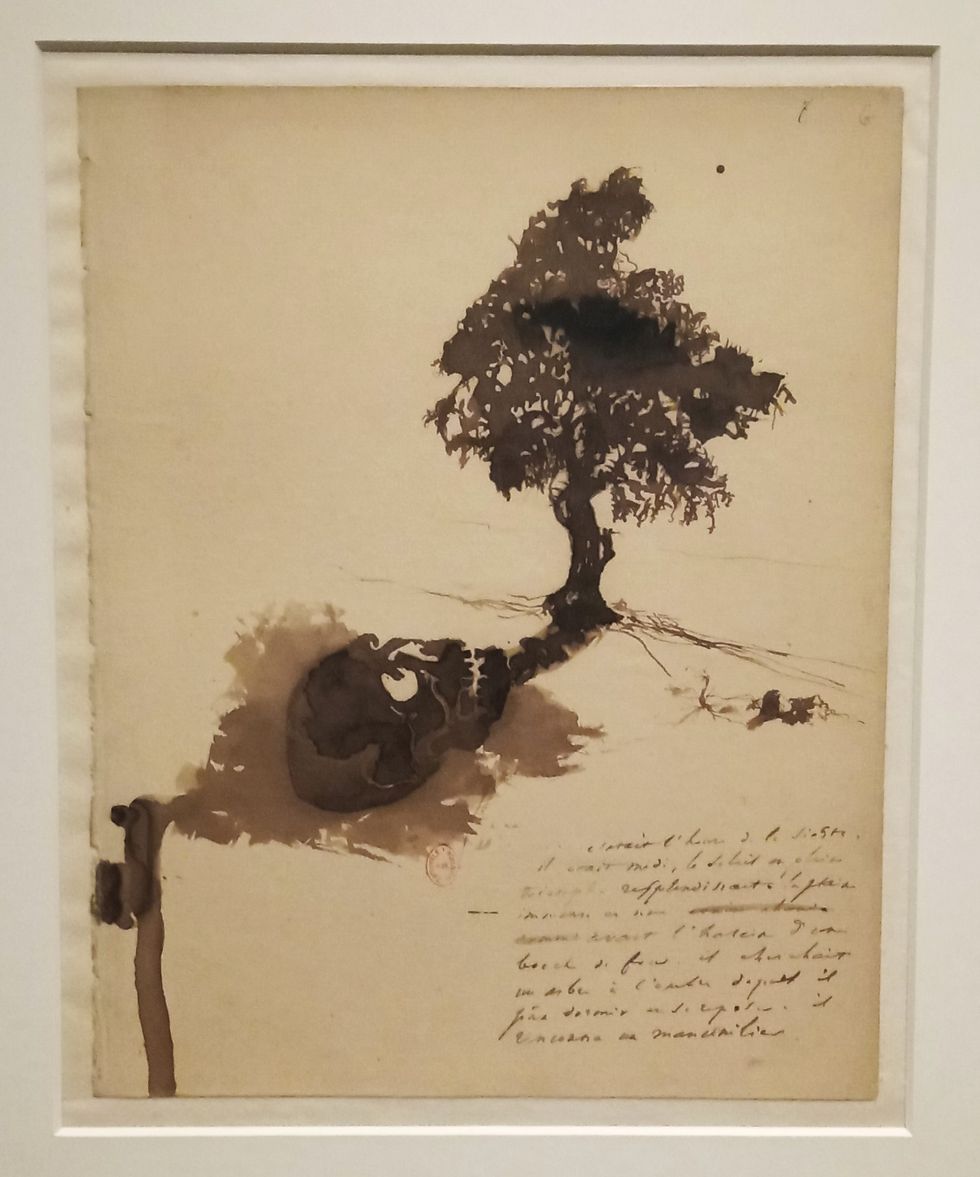 The Shade of the Manchineel TreeParis Musees
The Shade of the Manchineel TreeParis Musees MushroomParis Musees
MushroomParis Musees A photograph of Hugo taken by his son, CharlesParis Musees
A photograph of Hugo taken by his son, CharlesParis Musees
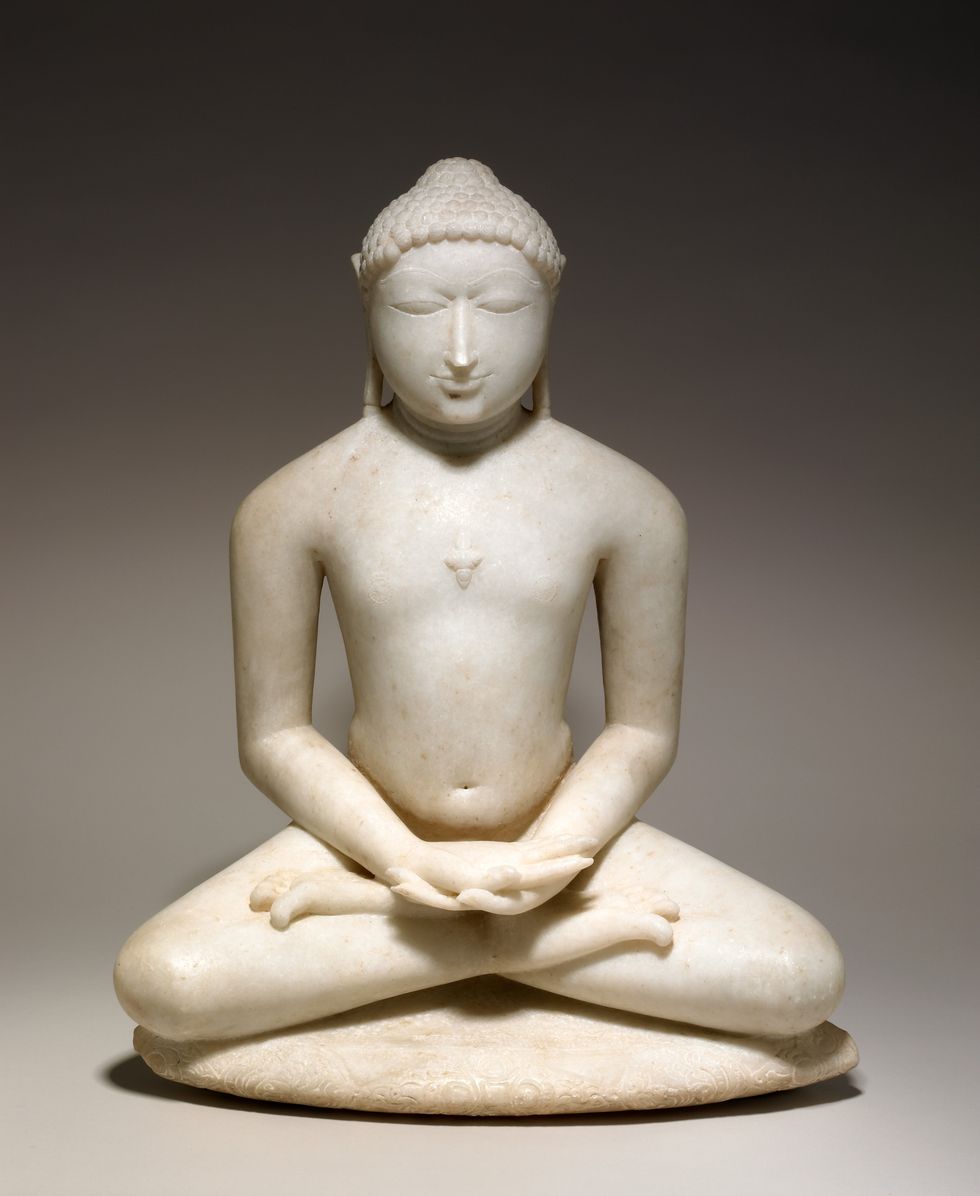 A seated Jain enlightened teacherAshmolean Museum, University of Oxford
A seated Jain enlightened teacherAshmolean Museum, University of Oxford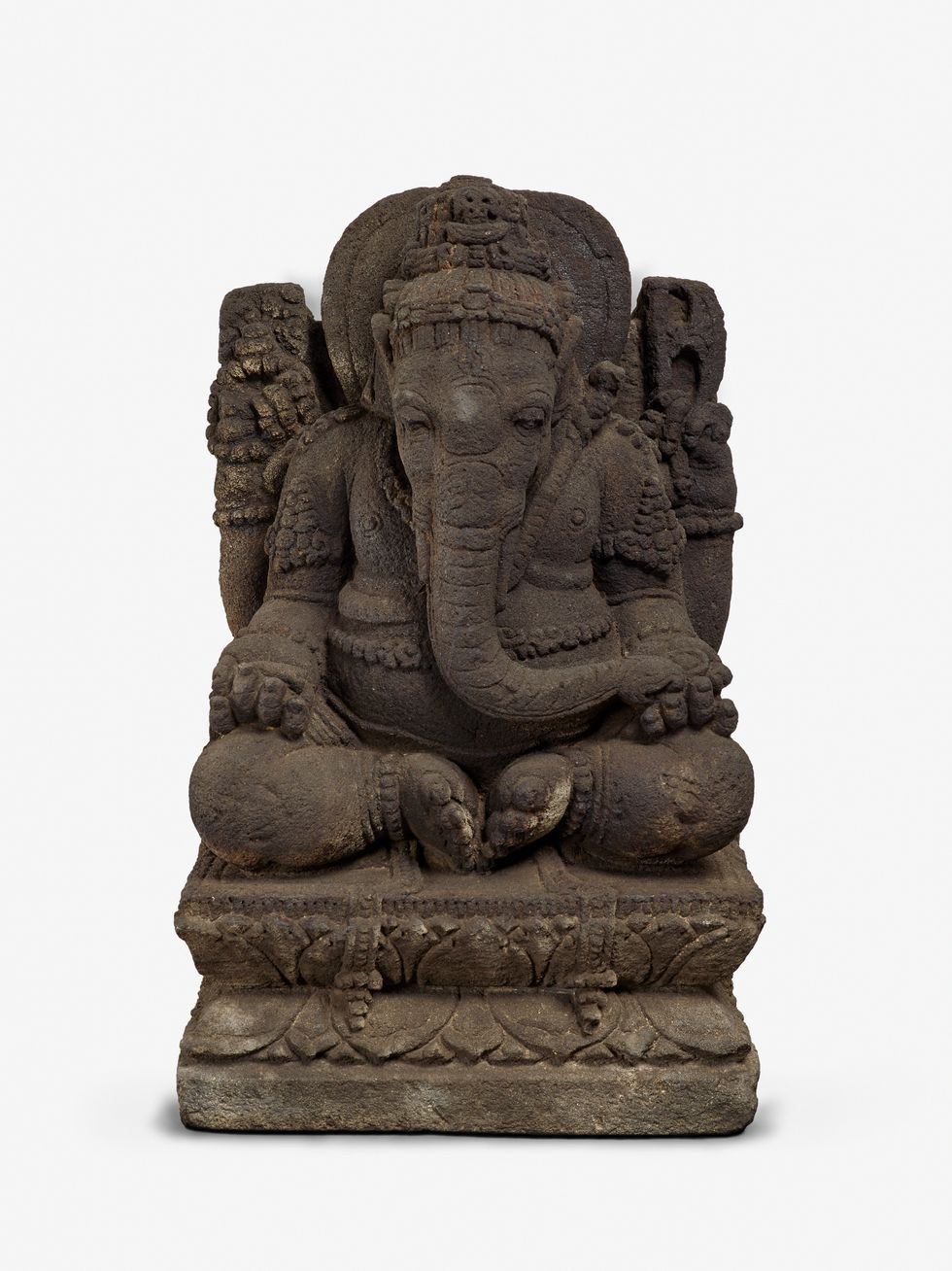 Ganesha from JavaAshmolean Museum, University of Oxford
Ganesha from JavaAshmolean Museum, University of Oxford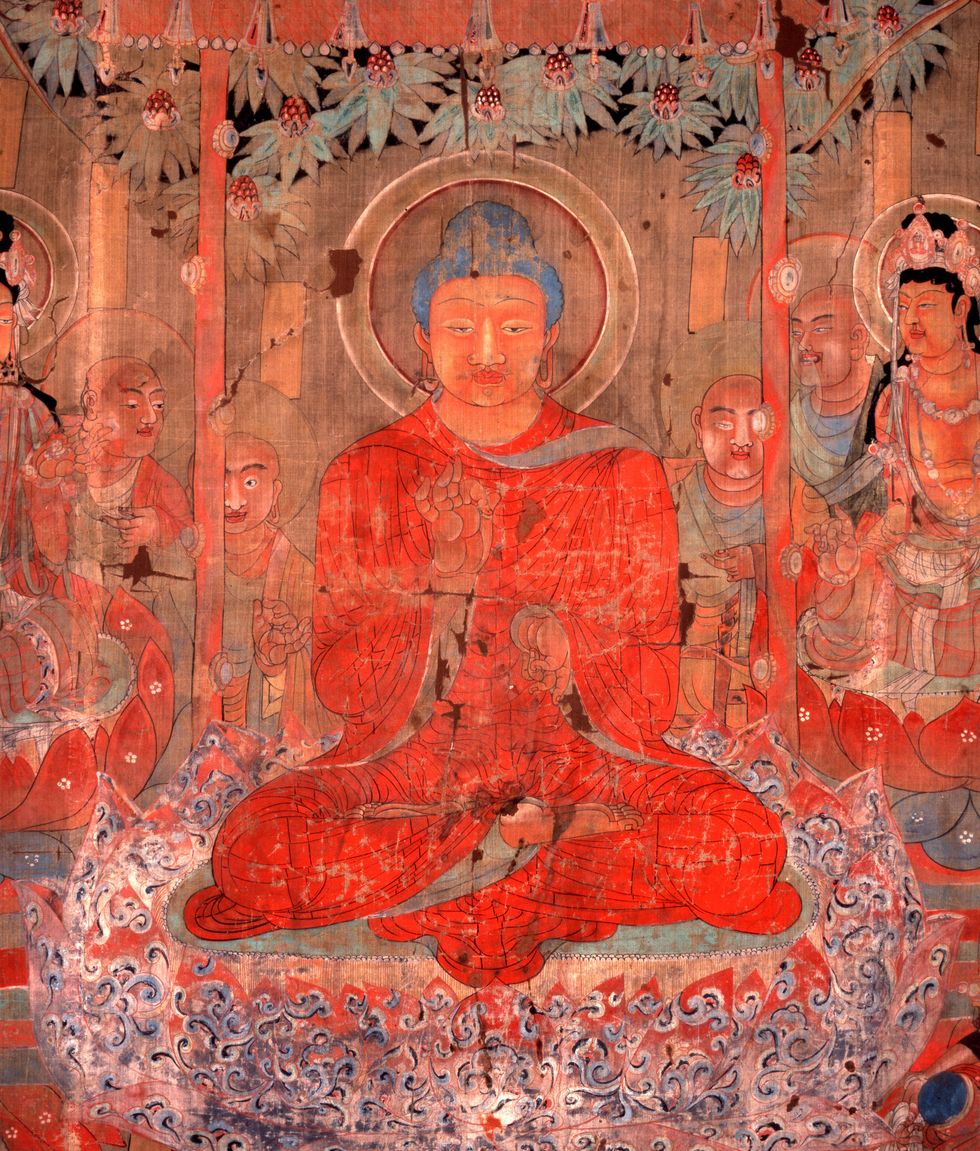 A Chinese silk painting depicting the BuddhaAshmolean Museum, University of Oxford
A Chinese silk painting depicting the BuddhaAshmolean Museum, University of Oxford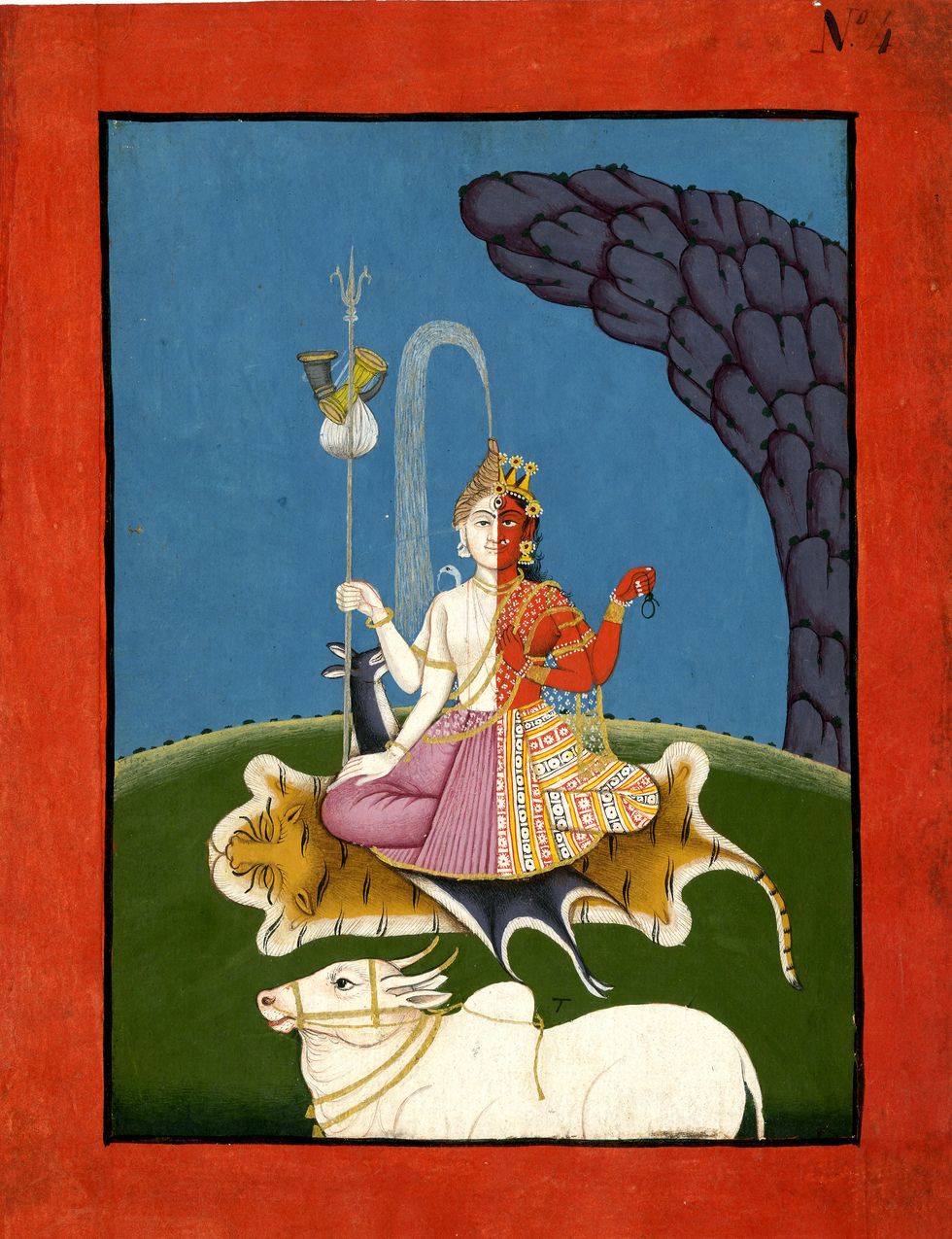 ArdhanarishvaraAshmolean Museum, University of Oxford
ArdhanarishvaraAshmolean Museum, University of Oxford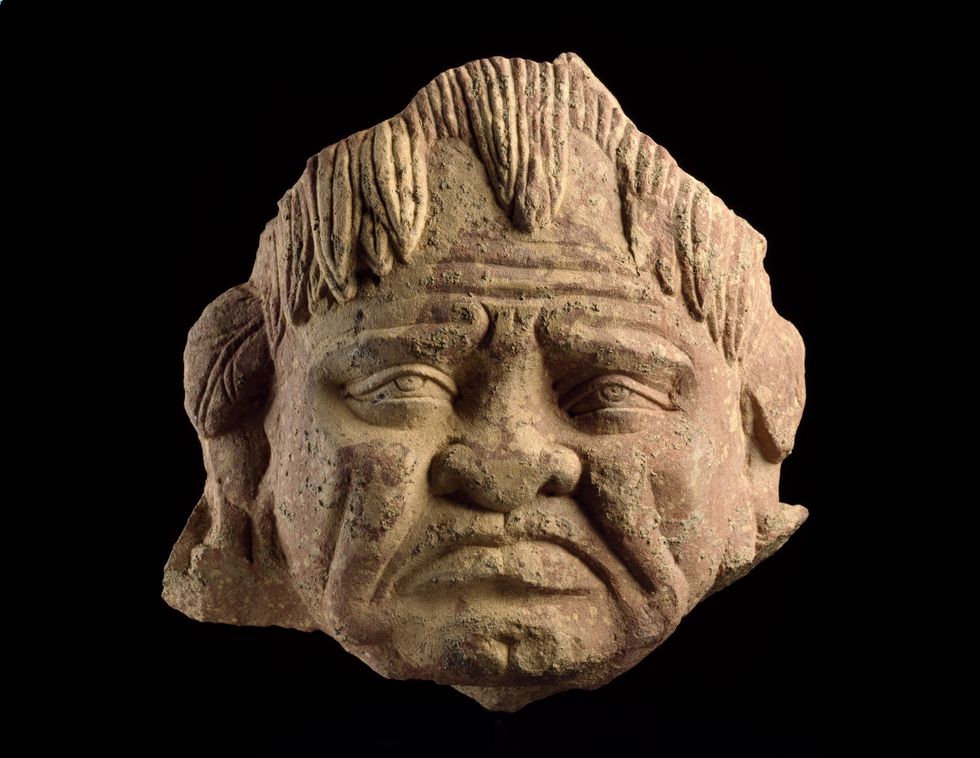 Head of a grimacing yakshaAshmolean Museum, University of Oxford
Head of a grimacing yakshaAshmolean Museum, University of Oxford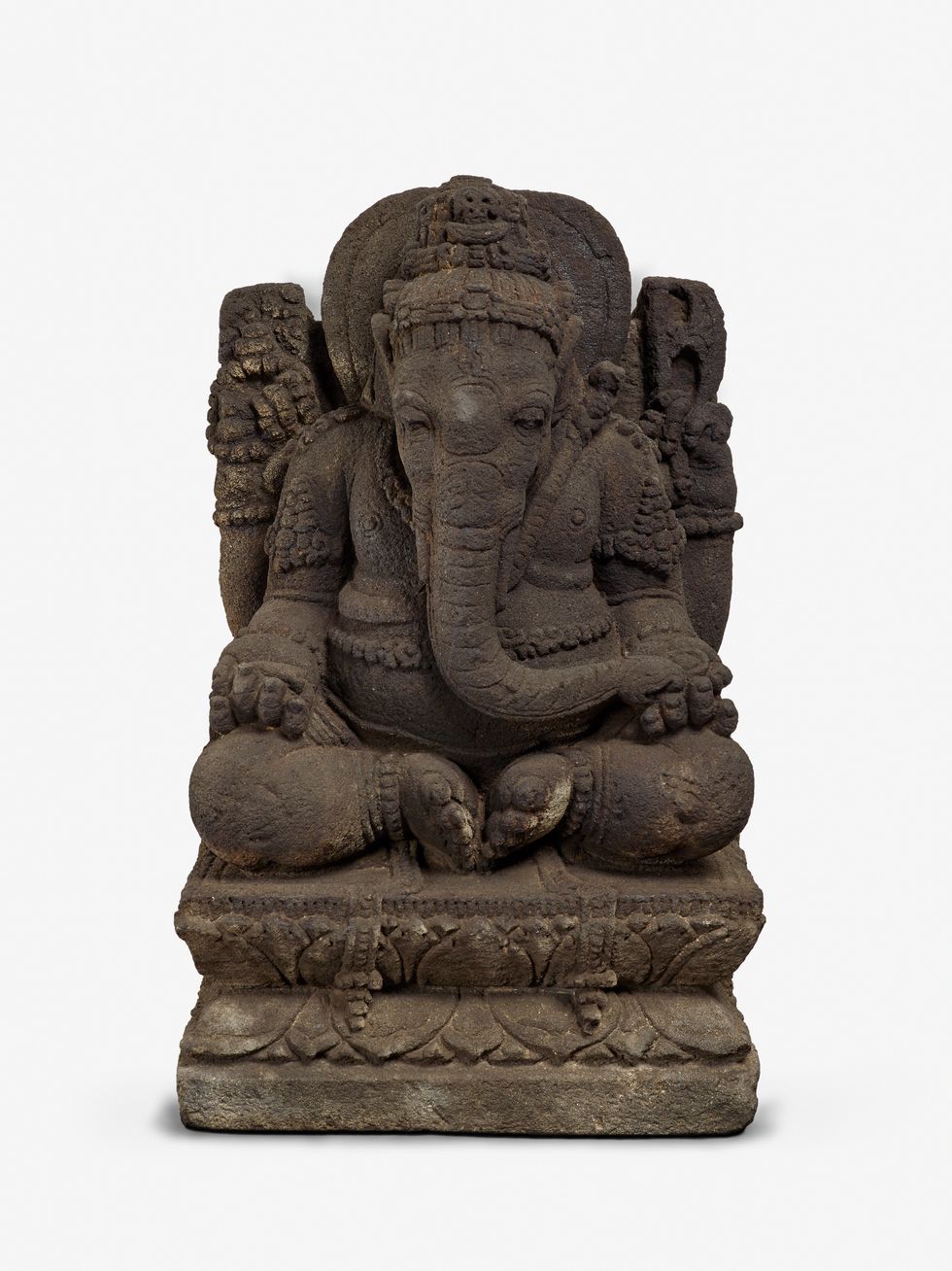 NagaAshmolean Museum, University of Oxford
NagaAshmolean Museum, University of Oxford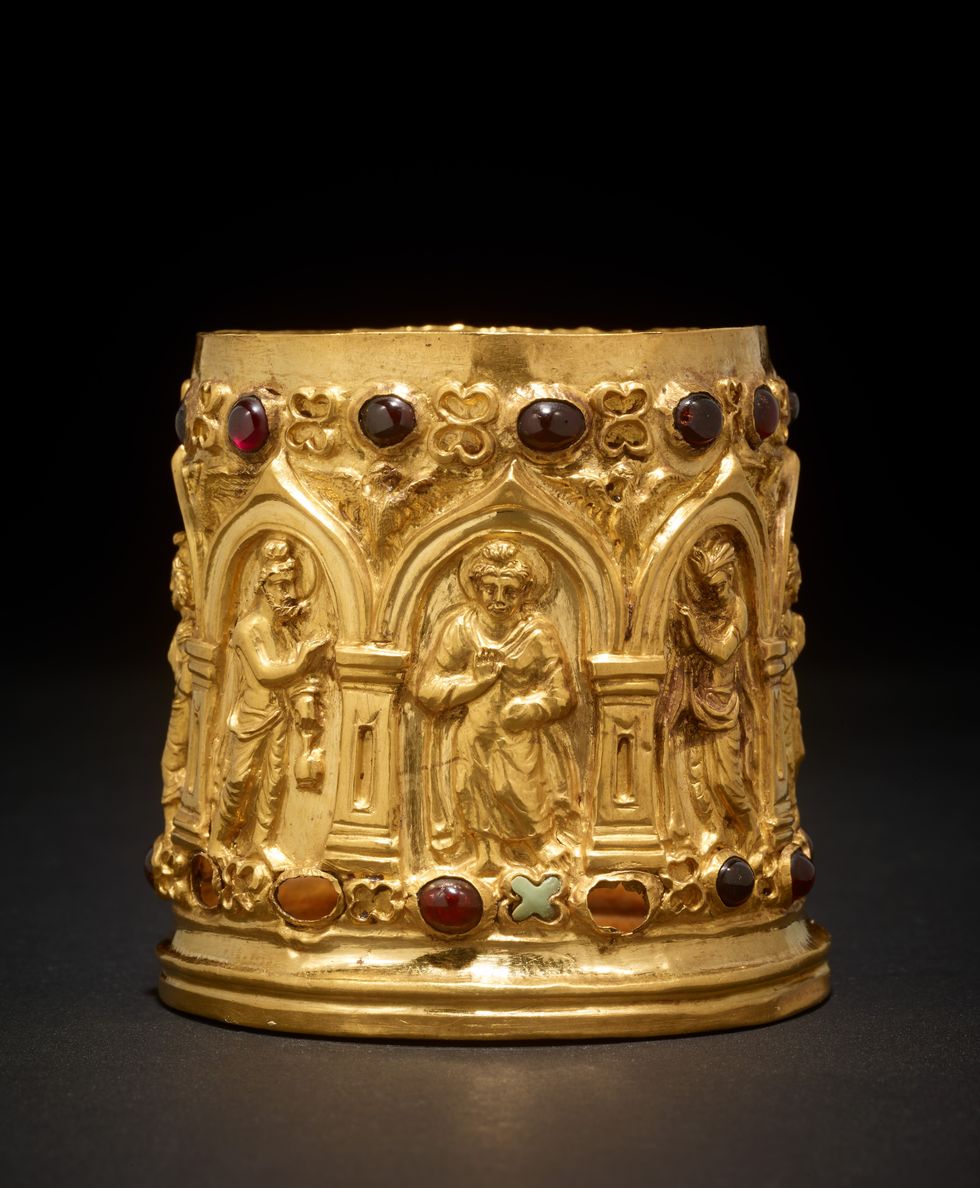 The Bimaran casketAshmolean Museum, University of Oxford
The Bimaran casketAshmolean Museum, University of Oxford